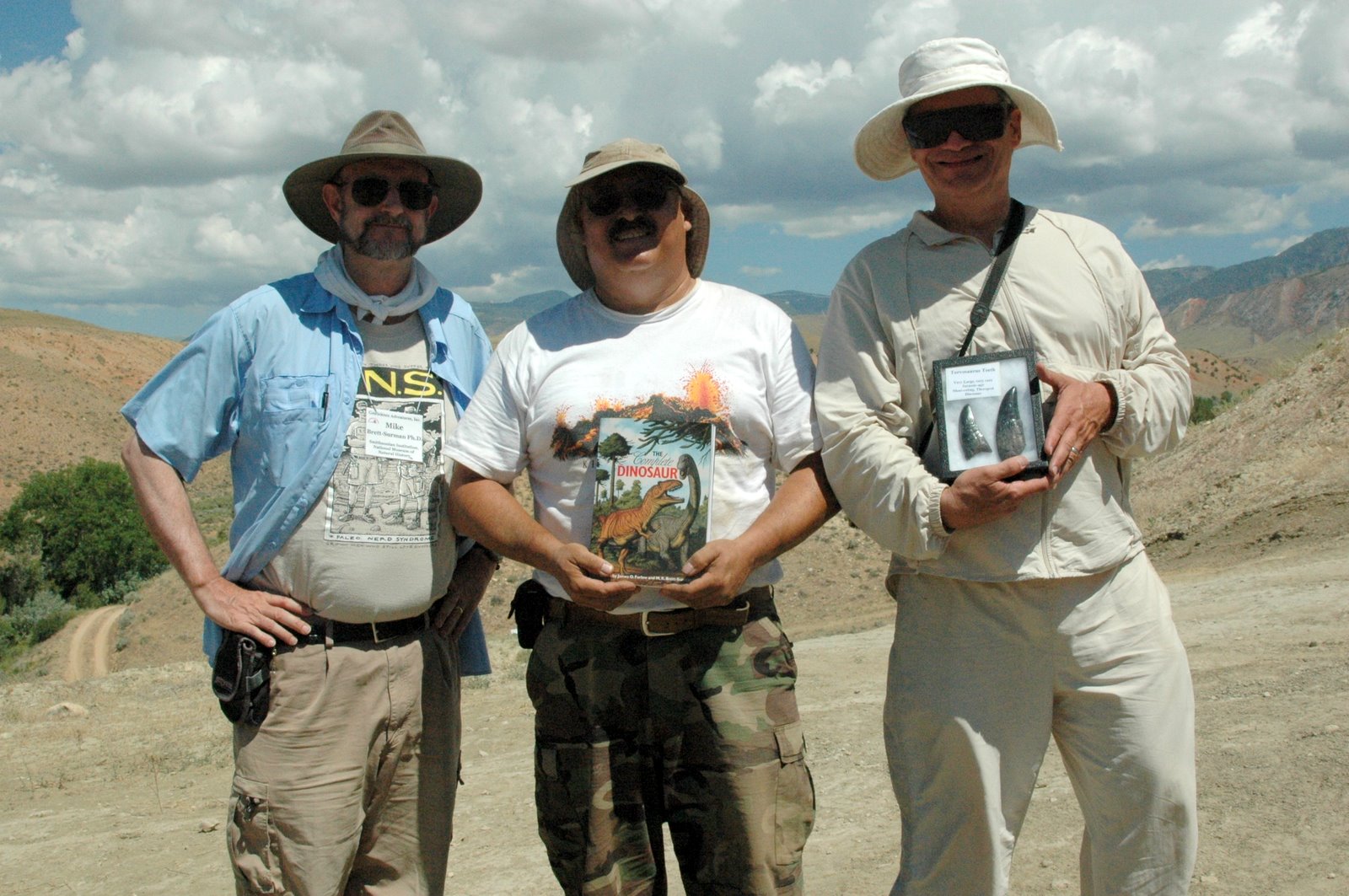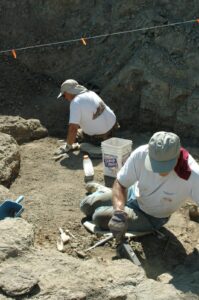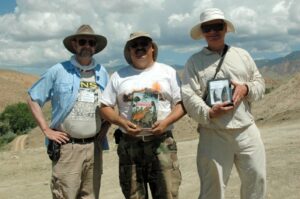The preservation of dinosaur fossils is a rare and remarkable event, requiring specific geological conditions to occur. Understanding these conditions is crucial for paleontologists in their search for new fossils. The process typically begins with the rapid burial of a dinosaur’s remains, often in sediment-rich environments like riverbeds or floodplains. This rapid burial protects the bones from scavengers and the elements, initiating the fossilization process.
Over millions of years, the organic material in the bones is gradually replaced by minerals from the surrounding sediment. This process, known as permineralization, creates a stone replica of the original bone. The type of minerals involved can vary depending on the local geology, influencing the color and texture of the fossil. Geological events, such as volcanic eruptions or tectonic shifts, can further alter the fossilization process, sometimes leading to exceptional preservation.
The study of the geological context in which fossils are found provides valuable information about the ancient environment. By analyzing the surrounding rocks and sediments, paleontologists can reconstruct the climate, vegetation, and other organisms that coexisted with the dinosaurs. This holistic approach allows for a more complete understanding of the prehistoric world and the factors that influenced dinosaur evolution and extinction. The geological history is as important as the fossil itself.



